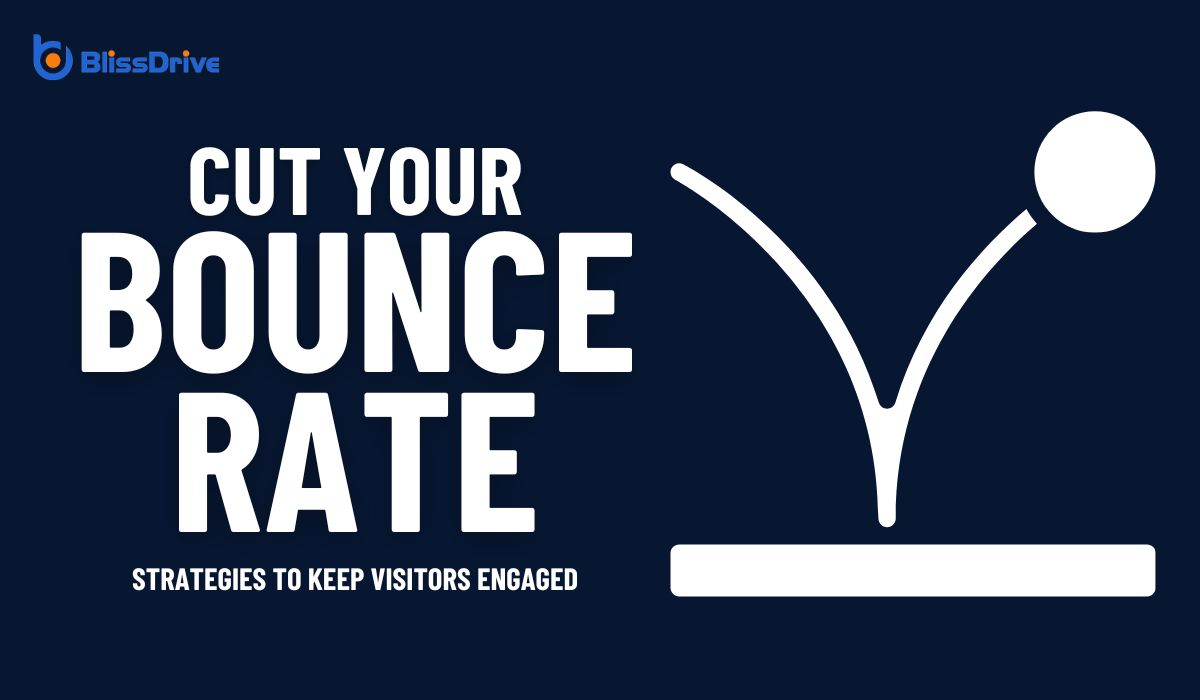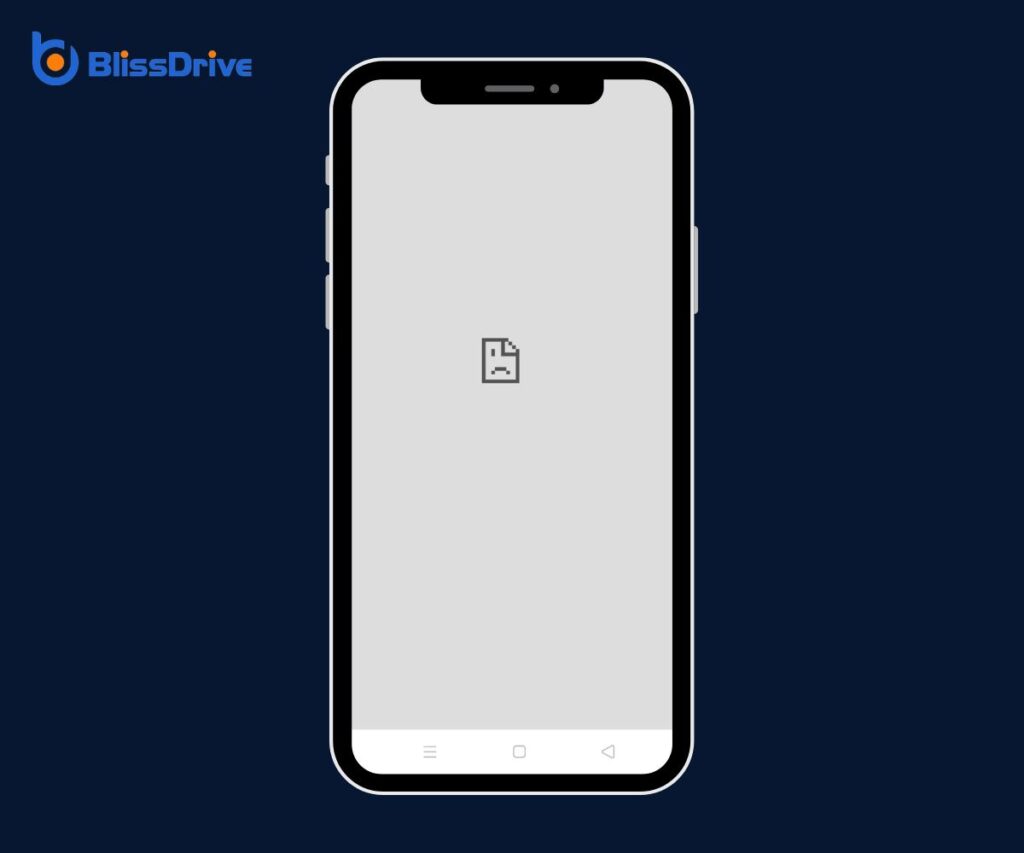Digital Marketing Services
Learn More About Us

Are you seeing a high number of bounce rateThe percentage of visitors who leave a website after viewing only one page. on your website?
This usually happens because of unoptimized content and layout.
A high bounce rate indicates that visitors are not finding what they expected. Or the user interface is frustrating for them. To reduce the number of bounce rates on your website, you should:
In this guide, we will explore these strategies further to help lower the bounce rate. Integrate these changes to boost user engagementThe level of interaction and involvement users have with social media content..
A bounce rate shows the percentage of website visitors who leave after viewing one page.
In an ideal scenario, this number should be low.
An optimal bounce rate ranges between 26% and 40%. This signals that more visitors engage with your content instead of leaving at once.
To manage your bounce rate, start by measuring it with tools like Google AnalyticsA web analytics service offered by Google that tracks and reports website traffic.. These tools help you see which pages perform well and which don't.
With this information, you can pinpoint areas where you might be losing audience.
Several key factors can influence your website's bounce rate.
Understanding these factors can guide necessary changes to improve your website's appeal.
Reducing your website's bounce rate encourages visitors to explore your website.
Here are some tips to achieve this:
Speed is crucial for keeping visitors on your website. A slow-loading page can deter users, increasing your bounce rate.
According to KissMetrics, 47% of consumers expect a website to load in 2 seconds or less. Moreover, 40% will leave a site that takes more than 3 seconds to load.
To enhance page load speed:
Visitors often leave websites because the content doesn't meet their expectations. Or it fails to give them the answer to their queries.
To improve the content quality and relevance, make sure to:
Visitors can become frustrated when they cannot find what they want on a website.
A well-organized and intuitive navigation setup resolves this issue. It encourages visitors to explore further and reduces bounce rates.
To improve website navigation:

Around 95.8% of users access the internet via mobile phones. This number makes it critical to have a mobile-optimized website.
Neglecting this frustrates the visitors. It also leads to a high bounce rate as users struggle to navigate through your site.
Here's how you can ensure your site performs well on mobile:
Intrusive elements like pop-ups and ads can disrupt browsing, prompting visitors to leave. Reducing these can enhance user experience and decrease your bounce rate.
Here are effective strategies:
A clear, straightforward design can enhance user experience and reduce bounce rates.
To simplify the web design, make sure to:
Visitors often engage more with visual contentImages, videos, and other visual elements used to engage users and improve conversion rates.. After all, articles with images receive 94% more views than those without.
Here's how to use visuals that engage website visitors:
A/B testing compares two versions of a web page to determine which one performs better.
It involves showing two variants (A and B) to different segments of visitors at the same time. You can then compare their performance metricsKey indicators used to measure the effectiveness of affiliate marketing efforts, such as clicks, con..., such as conversion rateThe percentage of visitors who complete a desired action, such as making a purchase or filling out a..., bounce rate, click-through rate, and others.
Make regular testing part of your strategy. This will improve the user experience and reduce bounce rates.
Follow these tips to lower your website's bounce rate and enhance visitor engagement.
Aim for a fast and appealing website. Plus, focus on continuous improvement through techniques like A/B testing.
With consistency, your site will remain optimized and engaged over time. Start with Bliss Drive for expert content marketing solutions tailored to your needs. Contact Bliss Drive today and take the first step towards a successful online presence.
